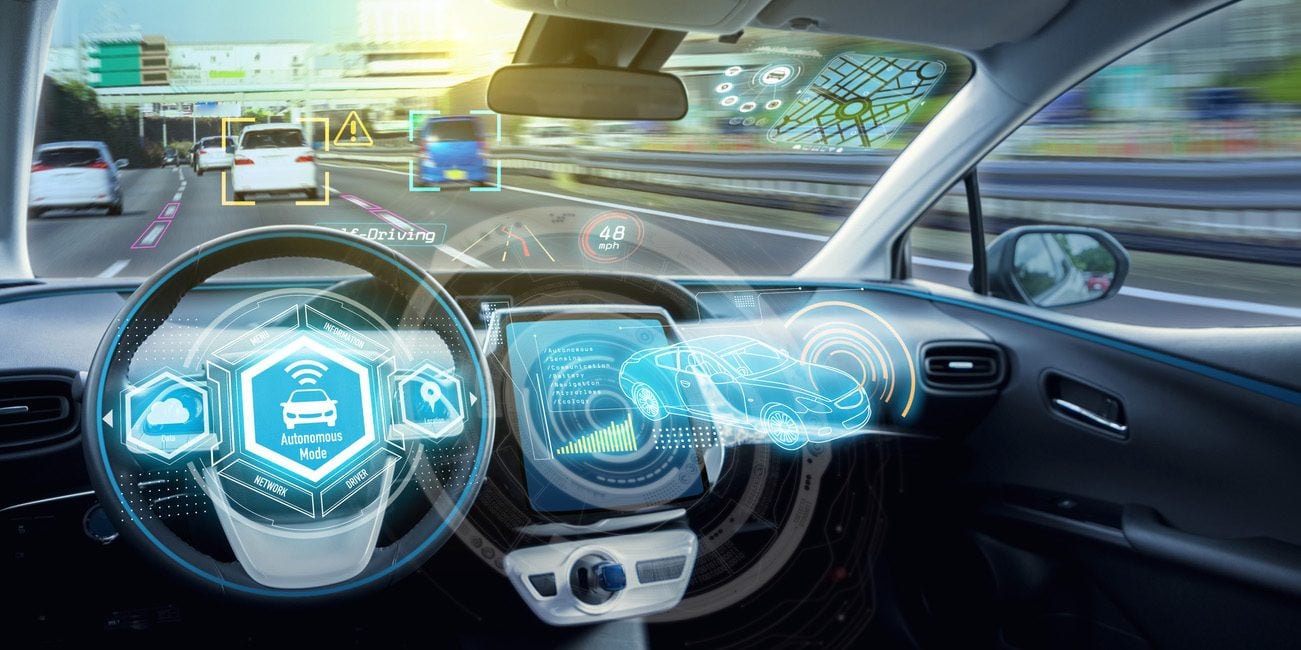We are at the dawn of a historic era in technology—the era of mobile AI. Samsung is pioneering this transformation with the introduction of Galaxy AI features on the Galaxy S24 series, marking our first AI-integrated phone.

Revolutionizing Mobile Experiences with a Hybrid AI Approach
To deliver the tangible benefits of generative AI technology to the Galaxy S24 series, we employed a hybrid AI integration approach. Mobile devices are the primary access points for unlocking AI’s potential, as they are indispensable tools that users rely on daily.
Recognizing the essential role mobile devices play in critical and memorable moments, we believe smartphones should enhance these experiences in a simpler, more intuitive, and epic way. Privacy is paramount, so we ensure users have full control over what they share and what they keep private.
Our hybrid approach offers the best of both worlds: the immediate responsiveness and privacy of on-device AI, coupled with the versatility of cloud-based AI through partnerships with industry leaders. This strategy places Samsung at the forefront of AI innovation, providing a variety of functions that cater to daily life.
Expanding Possibilities with On-Device AI
One standout feature is ‘Live Translate,’ which is fully on-device. This is crucial as voice calls are intimate and private means of communication. Our commitment to enabling seamless, safe, and private communication without language barriers is exemplified in this feature.
Our R&D teams worldwide collaborated intensively to bring this feature to life. From selecting the appropriate AI language models to rigorous real-world testing, our teams pushed the boundaries of possibility. Samsung’s global R&D networks, including centers in Poland, China, India, and Vietnam, played pivotal roles in developing and expanding the languages supported by Galaxy AI. These efforts ensure that users in more regions than ever can benefit from breaking down language barriers.
Extending Galaxy AI Beyond Native Apps
Soon, Samsung will expand the power of Galaxy AI beyond our native calling app by integrating Live Translate into third-party messaging apps for voice calls. This will allow users to communicate in multiple languages on their favorite apps, ensuring privacy since the translation is handled on-device.
The Future of Mobile AI
As AI computing power advances, particularly with the latest NPUs, more mobile AI features will be incorporated into devices. This will enable broader adoption of AI, making everyday tasks more convenient and secure.


